Hemisferium Lunar Zoetrope H72
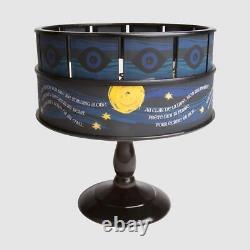


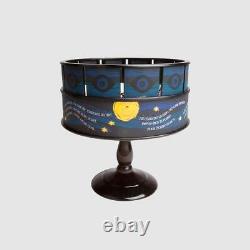
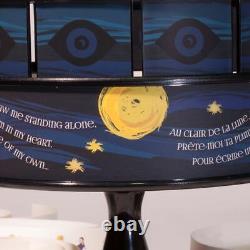
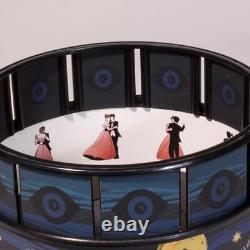
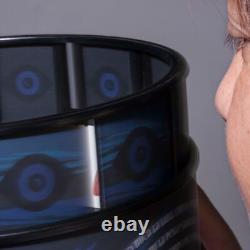

The Zoetrope was proposed by the English mathematician, George Horner in 1834. It was based on the phenakistoscope - a device that created an optical illusion of motion, invented by Joseph Plateau and Simon Stampfer. This new device eliminated the need for a mirror, and it enabled several people to view the moving pictures simultaneously!
The Zoetrope is one of the earliest forms of motion picture projectors. It works in a very similar manner to a picture flip book, where series of pictures on the inner surface of the drum that, when viewed through slits with the cylinder rotating, give an impression of continuous motion. This concept is based on'retinal persistence' which is where the brain holds on to an image for a short time after the light has gone, causing the series of static images on the Zoetrope to appear as if they are in motion. To view the animation, turn the drum and then, by looking through the slots, watch the images move. A slow-motion effect can be created by slowing the speed of the drum.
This Mini Zoetrope has an elegant lunar design based on the post-impressionist style of Vincent Van Gogh (1853 - 1890). The beautiful craftsmanship makes this historic item an eye-catching and educational decoration piece, excellent talking point and with 20 animated strips to play, an entertainment marvel!The Diameter of the drum is 20 cm and the height of the Zoetrope is 22 cm.

